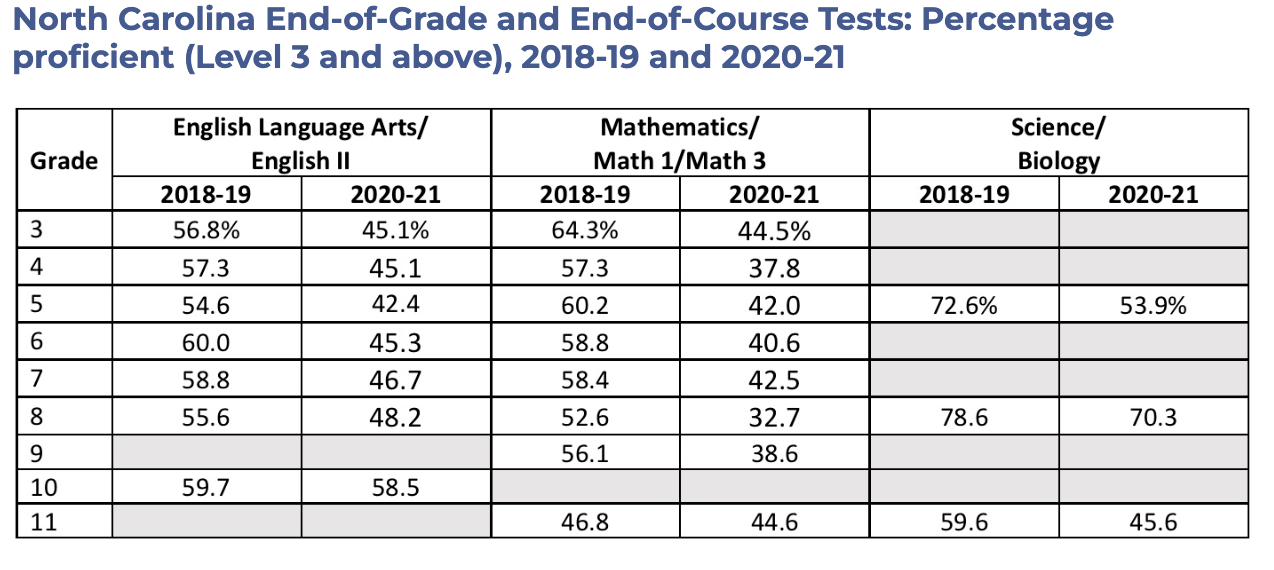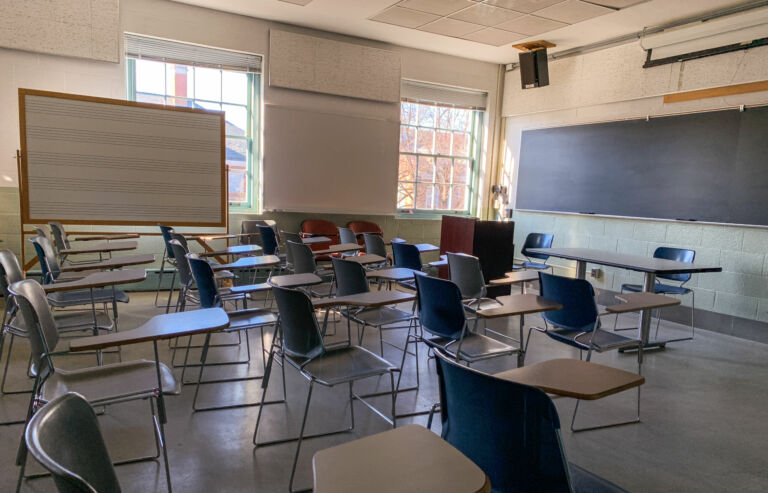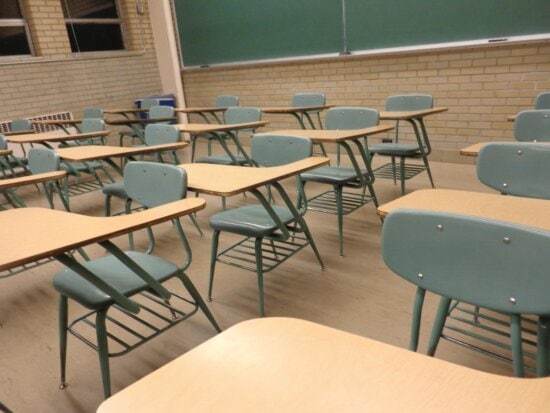Research on the pandemic’s effect on student enrichment shows that just forty-five percent of North Carolina’s K-12 students passed state reading, math, and science exams.
Recently, Donna King, editor-in-chief of The Carolina Journal, published an op-ed highlighting critical figures from this research and asking the critical question, “Were the shutdowns the right call?”
Earlier this summer, Governor Cooper wielded his veto power again, rejecting legislation to broaden school choice, establish a Charter School Review Board, and enhance parental input and involvement in their children’s education. This is despite a notable 66% public support for school choice.
Instead, he issued a State of Emergency for Public Education, claiming he wanted to protect public schools from “extreme legislation.”
A few thoughts:
Governor Cooper claims to be worried about public schools and students, yet during the pandemic, he pushed again and again for students to stay OUT of school, resulting in a tremendous decline in student development.

Following the release of the 2022 National Assessment of Educational Progress, one headline on an education news site read the following:
’Nation’s Report Card’: Two Decades of Growth Wiped Out by Two Years of Pandemic
This is a sobering headline. It couldn’t be more clear: students are struggling, even two years later. Yet, amid a tremendous amount of Covid relief funding, student enrichment does not top the spending priority lists of most school districts.
The federal government has distributed about $122 billion in Federal Covid relief funds. North Carolina has received about $5.6 billion. However, as we have seen, no amount of money guarantees that a problem will be fixed or that student achievement will be prioritized.
Let’s dive deeper into a specific school district and the allocation of Covid relief funds:
A recent review of federal Covid expenditures for Wake County Public Schools shows that the district received $443.07 million in Covid funding. They spent $349.26 million, leaving $93.8 million unspent. You can read more about how they’ve spent those dollars here.
The staggering numbers above left me pondering the following two questions:
- Will school districts finally invest in tutoring programs to improve math and reading skills among students?
- Why has it taken this long?
Friend, the dollars are there. My hope is that school districts start spending them on students who have suffered greatly from the pandemic and the associated learning loss and decline.
It’s time we start thinking more creatively to arm parents with the necessary resources to ensure their children can overcome the pandemic’s devastating educational impacts.
Putting students first is the cornerstone of a thriving educational future.


